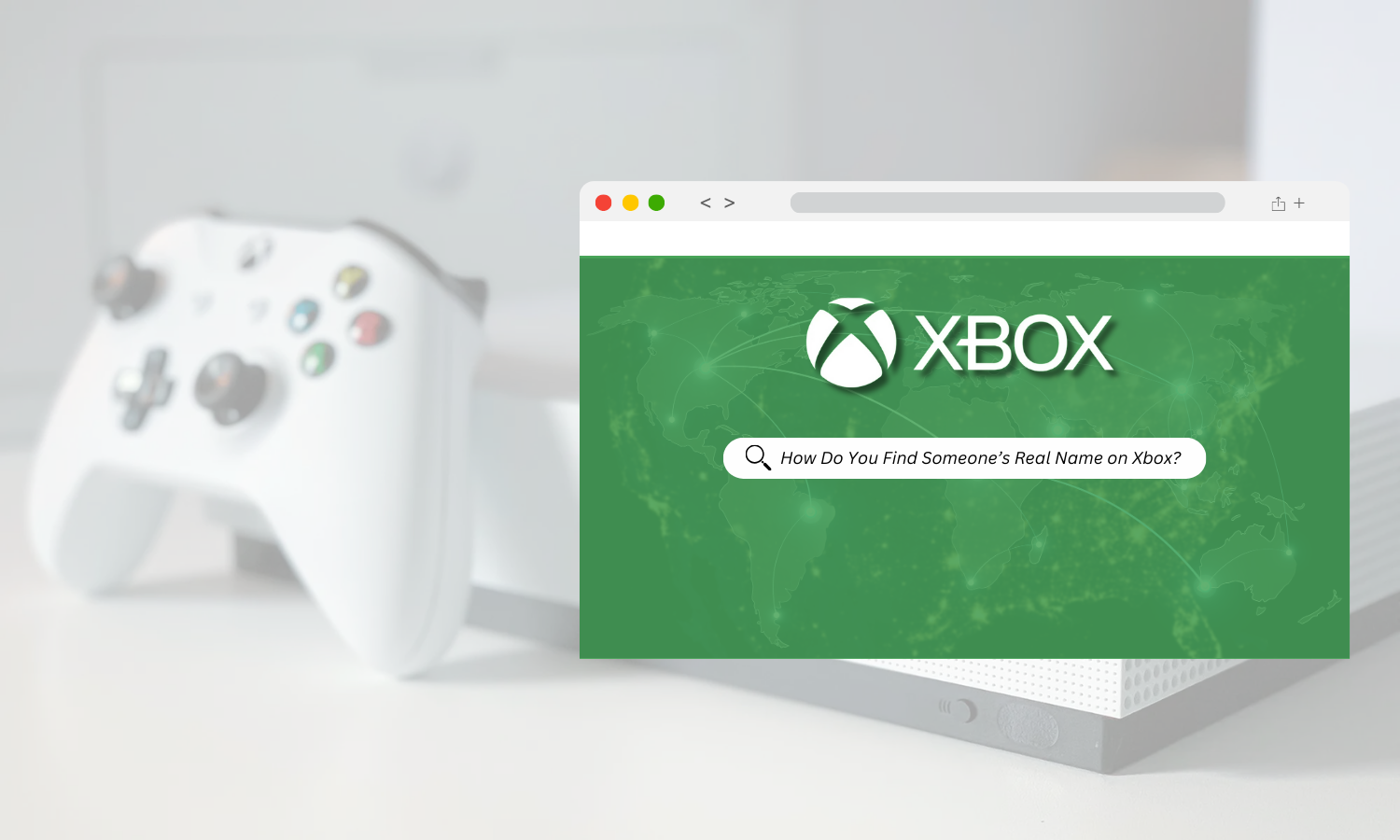

Updated · Jan 10, 2024
Updated · Aug 22, 2023
Aditya is an Azure DevOps and Infrastructure Virtualization Architect with experience in automation,... | See full bio
Windows is the most popular computer operating system today, with a global market share of over 70%. It has been pivotal in shaping many industries by making OS accessible to all.
However, many people today need to learn that before Windows, there was the Disk Operating System or DOS. With its simple, text-based interface, it's no wonder why DOS dominated IBM computers.
Businesses, home users, and software developers could attest to the importance of DOS in the industry. Those who witnessed its peak may not help but wonder what happened to DOS.
This article delves into what DOS is, its common commands, and the long-enduring uses of DOS today. Let's begin.
|
🔑 Key Takeaways
|
DOS, or the Disk Operating System, is one of the most influential and oldest operating systems in computing history.

Before DOS, computers were hard-wired for specific tasks. They needed disk drives, making computers more expensive and harder to use. This complication led to wires operating each function, varying from solving problems to completing command tasks.
Personal computers back then only served one function, making it impractical to own one. Initial computers also had no operating systems to let you perform diverse tasks. You can only operate its system through punch cards and magnetic tapes.
In the 1960s, Punch cards and tapes allowed for increased storage, making DOS commands possible on computers. In the ’70s, floppy disks and hard drives replaced computer storage.
With more storage for computers, developers can perform more diverse tasks for a lower price on their devices. This advancement made bringing the curious-tickling "computer" to one's home possible.
That said, tech companies dive into developing disk-operated computers. Let’s discuss how they work in the next section.
|
👍 Helpful Article: Back then, 1 or 2 MB of storage seemed huge, but we know more is needed. Need help managing your data? Read TechJury’s article on what memory heavy data are in your computer's hard drive is. |
Today, everyday tasks demand a GUI-based OS. These include Windows, Linux, iOS, and Android devices.
|
📖Definition: A GUI-based OS is an operating system that lets users interact with a computer’s functions. It uses visual elements such as windows, icons, on-screen buttons, menus, and a cursor. |
However, many people might need to become more familiar with the Disk Operating System. This classic computer system connected early computer software to hardware.
Here's a basic flow of how DOS commands work:
The cycle repeats until the computer starts ups gain, continuing the abovementioned process.
When you turn on your computer, its RAM does a quick checkup and provides instructions before DOS takes over. These data help DOS with its primary task: managing data transfers.
After that, DOS becomes the commander for all applications, memory, output and input, and program loading. Simply put, it serves as the middleman for all applications on a computer. One weakness of DOS, however, is that its text-based nature requires users to interact with it by typing commands.
Eventually, technology evolved and provided symbols and illustrations instead of plain text. This change made computers easier to learn and understand.
|
⌛️In a Nutshell: DOS holds the roadmap for how the computer should run. Once DOS knows what to do, it shows you a command prompt where you can type in commands. |
Many enthusiasts and experts still find DOS useful for technical tasks. These include learning education, research, system maintenance, and low-level programming.
Let's delve into the pros and cons of using DOS.
While DOS offers unique advantages for specific needs, its limitations have halted its mainstream use.
|
Pros and Cons of Using DOS |
|
|---|---|
|
Pros
|
Cons
|
In 1985, Microsoft launched the first Windows, popularizing visual elements and multitasking in computer systems.
|
💡 Did You Know? The famous key combination Ctrl+Alt+Delete, used to access various functions in Windows, was initially intended to be a simple reboot shortcut. Little did IBM engineer David Bradley know that it would later become iconic for accessing the Task Manager and other functions in Windows. |
At a time when personal computers were the "definition of technology," Windows was a phenomenon that was accessible to everyone. Its advanced technology attracted many users, while Microsoft kept introducing more features.
While the requirements for a functional computer increased, DOS was not updated to support users' needs for features and security. Eventually, Microsoft phased out the standalone MS-DOS to give way to Windows.
|
🎉 Fun Fact: The Windows button is an iconic logo many are familiar with. It also serves a dual purpose on Windows computers and keyboards. If you are struggling with a broken Windows key, learn how to remedy this by reading Techjurys comprehensive articles on fixing a broken Windows key. |
There are still traces of DOS in the programs of present-day Windows. Many experts still find these useful for the command-line interface. DOS’s compatibility and efficiency enable developers to create new software and scripts without costly operating system modifications.
Moreover, its simplicity makes boot time quick. DOS can be a fast and light alternative when people don't need to work on storage-intensive tasks.
As the "forefather" of modern operating systems, it has limitations and importance. Let's tackle the limitations and significance of DOS. Below is the checklist to illustrate DOS vs. Windows.
DOS can be accessed on Windows computers through the CMD feature. It uses the same commands it had back then but with additional codes like xcopy, find, net, and ipconfig.
Let's see the actual usage process:
|
To use DOS effectively, one must familiarize themselves with DOS commands. These instructions are essential even for modern-day operating systems. With commands, computers, and phones know what to do when you tap or click a button.
|
👍 Helpful Article: Need help with these "commands" to fix your computer? Check out TechJury’s article about ipconfig commands for Windows to improve your PC experience. |
DOS, an outdated interface compared to Windows, functions using manual codes like "dir," "cd," and "copy" but is still valuable for legacy applications and embedded systems. The system laid the groundwork for modern OSes, making understanding its commands crucial for programming and troubleshooting.
|
📺 In Pop Culture: DOS and early Windows computers were home to iconic games that laid the foundation for the gaming industry. Some legendary titles include "Space Invaders," "Pac-Man," "Prince of Persia," "Doom," and "The Oregon Trail." |
Knowing what DOS is and its basics is just the start. Let's add some DOS commands to your memory bank.
DOS is harder to use today as it depends significantly on commands. To perform tasks, you must know what specific command represents the task.
Below is a table of common DOS commands and what they do:
|
Command |
Description |
|
ATTRIB |
Changes the attributes of a file or directory |
|
CD |
Changes the current directory |
|
XCOPY |
Copies files and directories, including subdirectories |
|
COPY |
Copies one or more files to another location |
|
DEL |
Deletes one or more files |
|
DIR |
Displays a list of files and subdirectories in a directory |
|
MD |
Creates a new directory |
|
RD |
Removes a directory |
|
TYPE |
Displays the contents of a file |
|
REN |
Renames a file or directory |
Operating computers today is easier due to the use of a mouse and user-friendly interfaces, making commands seem unnecessary. However, they can be helpful when your computer does not work correctly.
|
💻 Additional Tips:
|
DOS has been a significant part of the evolution of the OS. However, its peak has long been over. Here are the reasons why:
DOS lacks the features and functionalities of today's OSes like Windows, macOS, and Linux.
DOS uses text to understand what the user wants to do. Standalone DOS computers cannot run graphics-based applications as efficiently as modern operating systems.
DOS struggles with modern hardware and drives, making everyday use of modern devices and peripherals impractical.
Most software applications are for Windows, macOS, or Linux, making running modern applications on DOS challenging due to compatibility issues.
DOS lacks essential security features, making it vulnerable to viruses, malware, and cyberattacks. However, companies continue to develop custom systems on it.
One company that still uses and sells custom DOS is the National Health Systems pharmacy, which allows it to run close to the hardware.
|
💡 Did You Know? Before Microsoft Windows, Graphical Environment Manager (GEM) was an alternative to Windows to provide DOS GUIs. |
Windows might have replaced DOS, but some people still prefer DOS. Here are the ways that industries use DISC Operating Systems today:
Some programs and applications that companies, organizations, and governments developed early were designed for DOS-based computers. Restructuring these systems requires time and money.
This structure led to organizations opting for DOS and hiring specialized engineers for support and maintenance.
Due to their simple tasks, DOS is still used in some embedded systems (e.g., ATMs, medical equipment, public space kiosks, and stores’ point-of-sale terminals). Updating embedded systems for a modern OS is expensive if they work just as fine with DOS.
|
🎉 Fun Fact: People exchanged ideas and codes over the phone through computer magazines and Bulletin Board Systems (BBS). It was a way to connect with others before the internet became widespread. |
Collectors and hobbyists have preserved their DOS computers from decades ago. To run classic software on updated computers, DOS emulators and virtual machines are dedicated to the community of nostalgics and retro gamers.
George R.R. Martin is a great example. The Game of Thrones author shared that he uses a DOS word processor to support his traditional writing approach (i.e., without spell-check and smart features).
Understanding how pre-GUI computers work is the first step to learning about programming. DOS does this by exposing tech enthusiasts and students to the early days of computing.
Students can easily experiment with DOS with low-level programming before trying today's more complex operating systems.s.
|
💡 Did You Know? Some computer manufacturers still use DOS to update BIOS and firmware because of DOS’s reliability, simplicity, and stability. |
DOS also works closer to the computer’s hardware, giving direct commands. Compared to modern operating systems, DOS provides developers with better assurance that their programs perform as intended.
Disc Operating Systems served as the foundation of modern operating systems. It lets computers perform multiple tasks using simple textual commands and a program stored on a single piece of disc.
DOS is less advanced than Windows, macOS, Linux, and other leading OSes today. However, it remains among the popular legacy software used in learning and decade-old systems.
DOS is a classic operating system that uses unique text (command prompts) to interact with users. It was the OS of early IBM computers in the 1980s, before Windows and Linux.
DOS (Disk Operating System) is not a specific command but an operating system. Some of the most common commands you can perform in DOS include dir for listing files and folders, copy for copying files to another location, and del for deleting one or more files.
DOS stands for "Disk Operating System," so there is no difference between "DOS" and "Disk Operating System." The term "disk operating system" means that the OS primarily interacts with the computer's disk storage to manage files, directories, and disk operations.
Your email address will not be published.
Updated · Jan 10, 2024
Updated · Jan 09, 2024
Updated · Jan 05, 2024
Updated · Jan 03, 2024






